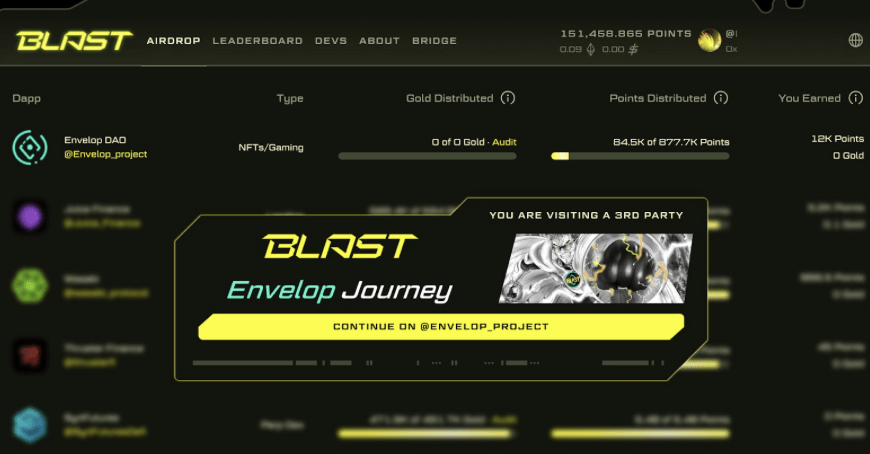Table of Contents
- Why Is Crypto Mining So Important?
- How the Crypto Mining Scene Is Evolving
- The Rise of Cloud Computing in Crypto Mining
- The Future of Crypto Mining
One of the most important and prominent processes in the blockchain space has been crypto mining. Since the advent of Bitcoin (BTC) back in 2009, crypto investors have been obsessed over mining, with the whole process experiencing wild changes and evolution in such a short period of time. Simply, crypto mining is the “process that Bitcoin and several other proof-of-work (PoW) cryptocurrencies use to generate new coins”. However, the process also involves validating transactions on the blockchain and adding them to a distributed ledger to protect the chain from cases of double spending.
It involves vast, decentralized networks of computers around the world coming together to solve complex calculations to create a virtual ledger that secures the distributed ledger. In return for contributing their processing power, the ‘miners’ are rewarded with new Bitcoins or crypto.
Why Is Crypto Mining So Important?
Most people think crypto mining is only used as a way of creating new coins but this can’t be further from the truth. Crypto mining, at its core, involves security of digital transactions on the blockchain. The process, as explained above, is what makes blockchain networks so secure and prevents the double spending of digital currencies on a distributed network.
Similar to fiat currencies, when a person spends crypto, the digital ledger needs to be updated by debiting one account and crediting another. On blockchains, the process could easily be manipulated as everyone’s digital ledger ois updated. To ensure the data placed on the digital ledger is accurate, only verified miners can update transactions to the ledger, which protects the network from any cases of double spending.
Unlike the banking system, the process of preventing counterfeiting using mining is far cheaper, making it affordable for users to make payments across borders. All in all, mining actually does away with the need for banks as a middleman who ensures correct debiting and crediting of accounts.
Despite the advantages of mining, the process has received wild backlash and criticisms from several factions across the world - the environmentalists being the most critical of the process. Proof-of-work mining, the process by which Bitcoin, Ethereum (for the moment) and other select cryptos are mined, has been widely criticized for its high energy consumption and the expensive hardware required to mine.
Notwithstanding, the rush for mining chips and the impact the manufacturing of these chips have on the environment has also been a major problem for the advancement of mining.
How the Crypto Mining Scene Is Evolving
In the early days of Bitcoin mining, miners could easily use their normal computers and CPUs to mine crypto. However, as crypto became more and more popular, the hashrate grew and mining required more processing power, ushering in the GPU stage of mining in 2013. At the peak of crypto mining in 2017, there was an arms race for graphics processing units (GPUs), as people rushed to get their hands on better BTC mining chips. In fact, the demand for GPUs was so high that Advanced Micro Devices (AMD), a GPU manufacturer, posted some of its best financial results in over a decade, as the share price skyrocketed, trading at its highest level since 2010.
However, as the demand for crypto mining chips grew even further with the price of BTC reaching a then all-time price of $20,000 in 2017, GPUs became obsolete as mining equipment. The rise of application-specific integrated circuit (ASIC) miners, an integrated circuit chip that has been designed for specifically mining a specific crypto, came to light - completely changing the crypto mining game.
While the ASIC miners process more hashing power, developing and manufacturing them is costly and complex. As such, these miners are wildly expensive and customers usually need to wait for months to receive their orders, which means you won’t be mining during this period. Unsurprisingly, ASIC miners are usually bought out by large mining companies, which sidelines the small retail traders from mining Bitcoin, which goes against the whole idea of decentralization.
To this end, there is a growing section of companies such as tomi, which aims to bring back the power to the small retail miner through cloud computing.
The Rise of Cloud Computing in Crypto Mining
Cloud crypto mining is whereby participants in a mining pool can purchase a certain amount of “hash power” and share the mining rewards pro-rata, in proportion to the amount of hashing power rented. As the prices and expense of ASIC miners increased, cloud crypto mining has become a popular way for people to mine Bitcoin and other cryptocurrencies. Instead of buying the expensive ASIC miners, people rent computing power from a cloud mining company and earn a share of the profits.
Despite Bitcoin being in existence for 13 years, no company has been able to offer a reliable and profitable cloud mining platform yet. There are still a lot of scams and fakes out there. One platform aiming to change this narrative, tomi, offers a solution to the blockchain world’s dependence on large server firms. The platform launched its MP1 Supercomputer, the first in a series of household computing devices capable of completing tasks like Photorendering, Real Time Ray Tracing, Accelerated AI computation, VR applications and GPU mining.
The project aims to introduce as many people as possible into the decentralized cloud computing and mining network, allowing anyone to share data and mine crypto from anywhere in the world. In addition, tomi is run by a DAO governed by TOMI token holders. The DAO members will be able to submit proposals to advance the network and distribute proceeds from a portion of network revenue.
The Future of Crypto Mining
As explained above, the evolution of crypto mining is moving fast as more people enter the mining space. However, with ASIC mining getting more expensive, the rise of cloud computing could present the future of mining. Additionally, as crypto moves to cloud computing, it may present an opportunity to accelerate the global energy transition to renewables by reducing the energy consumption and utilizing surplus renewable energy supplies.
According to a paper by Bitcoin Clean Energy Initiative, Bitcoin mining could complement renewable energy in the future by offtaking excess energy produced by the mining process and stored in batteries to be used later on.
Disclaimer: This article is provided for informational purposes only. It is not offered or intended to be used as legal, tax, investment, financial, or other advice
Investment Disclaimer











